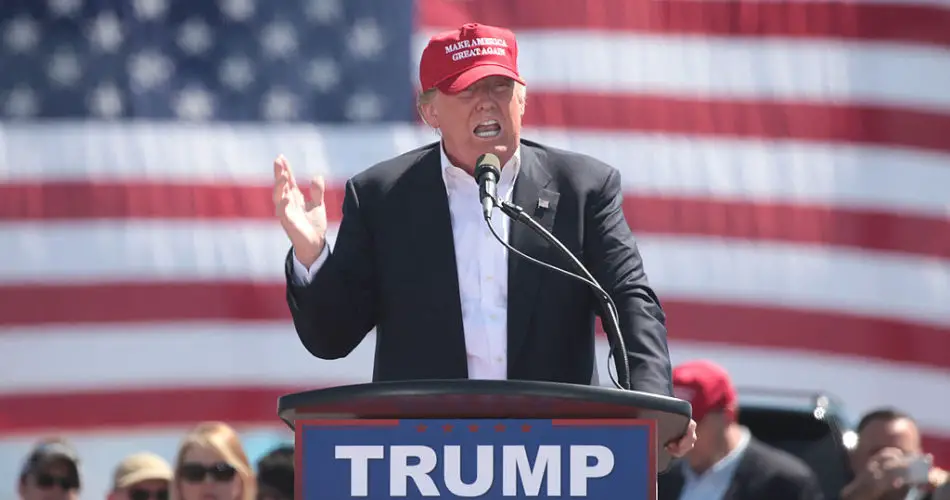A decline in active oil and gas rigs across the U.S. is posing a challenge to President Donald Trump’s push to revive American energy dominance, undercutting his signature call to “drill, baby, drill” and raising both economic and political pressure on his administration.
Despite Trump declaring a “national energy emergency” earlier this year to fast-track domestic drilling projects, the number of active rigs has dropped to its lowest point in nearly four years. A new report from energy technology firm Baker Hughes shows the U.S. rig count stood at 539 as of July 3, a decrease of 47 rigs compared to the same period last year.
The slowdown in drilling activity comes at a politically inconvenient moment, as Trump’s energy policy has been a central part of his administration’s messaging. But industry experts say the trend is being driven more by market dynamics than by federal policy.
Falling oil prices, pressure from investors to prioritize profitability over production, and advancements in extraction technology—allowing companies to produce more oil with fewer rigs—are all contributing factors. U.S. crude oil prices have dropped into the $60-per-barrel range, down about 15 percent since Trump returned to office, making some drilling projects financially unattractive.
Joseph A. Schremmer, director of the Oil & Gas, Natural Resources, and Energy Center at the University of Oklahoma, told Newsweek that rig counts are influenced by a variety of factors beyond federal policy. “Commodity prices for oil and gas are a major factor and those have largely been in decline during 2025,” he said.
“Although prices have ticked up in recent weeks, there remains a great deal of uncertainty about future prices, which may keep drillers on the sidelines,” Schremmer added.
The disconnect between Trump’s aggressive pro-drilling stance and the actual slowdown in activity could fuel criticism from both sides—environmental advocates who oppose fossil fuel expansion and energy supporters frustrated by lagging production.


